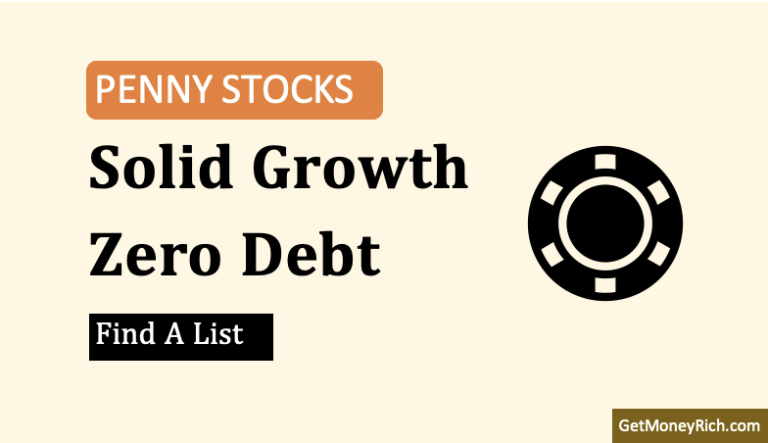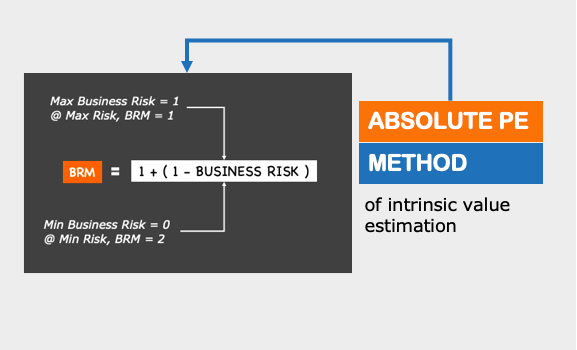On November 28, 2024, our two major stock market indices (Nifty 50 and Sensex) saw a deep correction. The Sensex and Nifty 50 index are two key indicators of the Indian stock market’s health. Both of them took a nosedive, leaving the Indian stock investors very concerned. Here’s a deeper look into what transpired, why it matters, and what investors might consider going forward.
What Happened?
The BSE Sensex dropped over 1,067 points (-1.33%), and the Nifty50 index fell by 325 points (-1.34%). Is it a signal of a more turbulent market on Friday (29-Nov-2024)? This correction was not a big surprise for many. It is part of a trend that the Indian market is witnessing since end of Sep’2024. Since then, both Sensex and Nifty has corrected by almost -8.5%.
But why people are reacting more now is perhaps because they were anticipating a gap-up post the Maharashtra election results. Instead, what we saw on Thursday (November 28, 2024) was a deep single day correction.
Such a significant drop in such a short time frame often raises alarms and prompts a thorough examination of underlying factors.
Why Did the Market Crash?
Several factors contributed to this market downturn:
- Global Cues and Geopolitical Tensions: The crash was partly influenced by global events, with sentiments around potential US recessionary pressures and escalating tensions in the Middle East adding to the uncertainty. These external factors often have a ripple effect on markets globally, including India’s.
- Foreign Institutional Investors (FIIs) Activity: There was a substantial sell-off by FIIs, with reports indicating sales amounting to Rs.11,756 crore. It is a reverse trend India is seeing earlier when FIIs were net buyers of Indian stocks. This shift in investment behavior can significantly impact market sentiment and lead to sharp corrections.
- Domestic Economic Indicators: High inflation, particularly in food items, has been a concern. Corporate profitability has shown signs of reduction, hinting at an economic slowdown. Additional factors like low corporate tax collections can also cause the crash. When corporate tax collections do not grow or remain stagnant, it might indicate to investors that corporate profits are not increasing or that there might be economic slowdown.
- Large Cap Effect: In the last couple of months, DIIs (mutual funds) are mostly buying large cap stocks (and less of mid and small caps) as compared to earlier. As FIIs mostly hold large blue chip stocks, so when they sell, it reflects in the index as correction or crash.
Impact on Investors
Investors saw a significant erosion in their wealth. A 1.3% market crash can cause losses amounting to billions of rupees in market capitalization on a single day.
Such deep sing-day stock market crash can lead to a shift in market sentiment from bullish to cautious. This often prompts investors to reassess their portfolios.
While crashes can be distressing, they often present opportunities for long-term investors to buy quality stocks at lower valuations.
What Now for Investors?
Investors should look at rebalancing their portfolios. This might mean diversifying across asset classes to mitigate risk. Investors can focus on sectors that show resilience or potential for recovery.
What I do during such times? Mostly, I buy when market are falling. But if I feel that more downside movements are coming in next days, I keep my cash-position high. It helps me to buy more when when valuations are more favourable.
If I’m not feeling comfortable with the stock market itself, as if happened during April 2020 (Covid-19), I start accumulating gold ETFs. But it happens very rarely.
During such times, keeping abreast of both domestic and international news is also crucial. Reading news will give a perspective that the current stock market crash was a one day even or the trend is strong.
I see market crashes as buying opportunities. I feel happy when markets crash or corrects. Why? Because if I have cash and I not able to deploy it, due to valuation concerns, it is not a happy feeling. In such a situation, a major correction is welcomed.
Conclusion
We must look at the recent stock market crash as a reminder of the fact that several factors can trigger a crash or a correction.
While it’s a moment for concern, it’s also like an educational event for investors to learn from. I’ve personally learnt a lot by investing during the crash (or 2008 and Covid).
The reasons behind such market movements can range from geopolitical tensions to domestic economic health. No matter what are the reasons, for we investors, it is a buying opportunity. It is specifically true for times when the major indices are down by about 8% from their last peaks.
Markets are historically resilience. They have the ability to recover and in times to come, they will see new highs. So, it is needless to panic when the stock market corrects.
How to invest when the stock market crash?
Maintaining a diversified portfolio, and focusing quality stocks that have corrected by 7-10% from their peaks. Do not forget to do fundamental analysis before buying any stock.
Remember, every dip in the market is not only a test of an investor’s resilience but also an opportunity for growth.
If you found this article useful, please share it with fellow investors or leave your thoughts in the comments below!
Have a happy investing.






